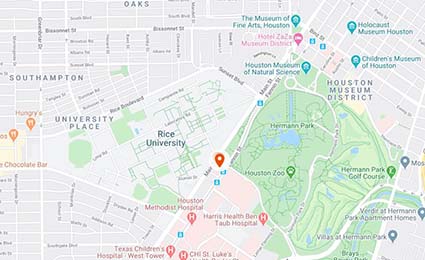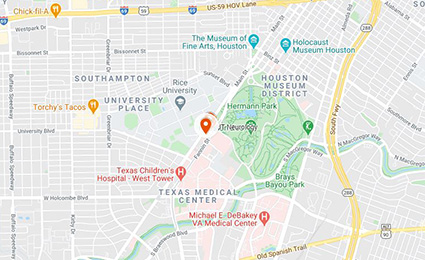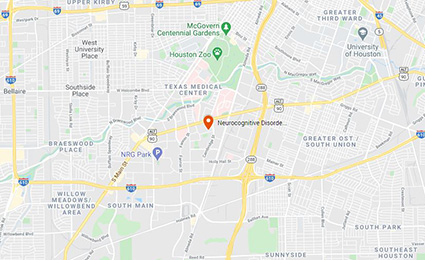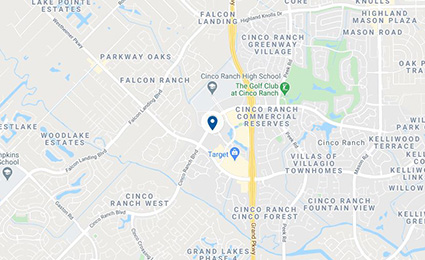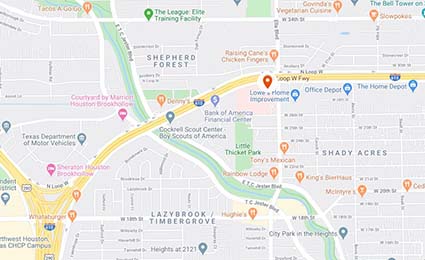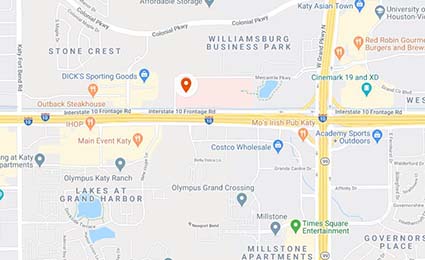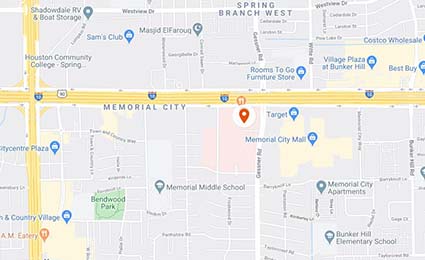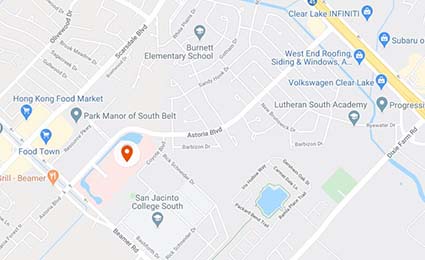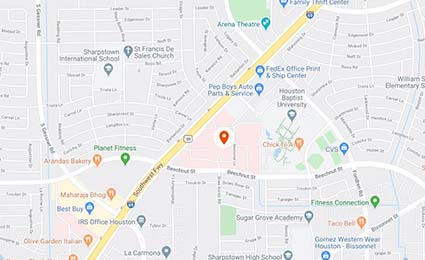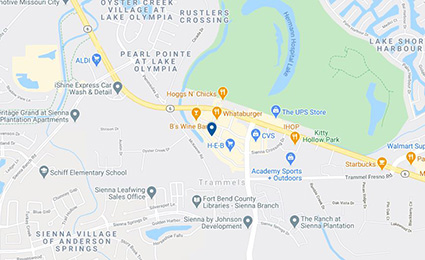Craniosynostosis
What is Craniosynostosis?
Typically, the skull of an infant is made up of several plates of soft bones. This allows the baby’s head to pass through the birth canal and enables the skull to grow with the brain during infancy. Craniosynostosis is a birth defect in which the bones in a skull fuse before the brain is fully formed. The skull shape can become more abnormal as the child’s brain grows. It affects 1 in every 2,500 babies born in the U.S., according to the Centers for Disease Control. A craniosynostosis diagnosis may feel overwhelming, but surgery is safe and typically successful in treating the condition. Our dedicated doctors use advanced technology to accurately diagnose and treat craniosynostosis.
Director of Craniofacial Surgery Dr. Phuong Nguyen and Pediatric Neurosurgeon Dr. Manish Shah discuss what Craniosynostosis is, how it is diagnosed, and the treatment options for Metopic, Sagittal, Unicoronal, Bicoronal, and Lambdoid Craniosynostosis, including minimally-invasive surgical techniques followed by helmet therapy.
Causes of Craniosynostosis
The cause is unknown, but certain genetic disorders may play a role. Women with thyroid conditions and women who take certain fertility medications seem to be at a slightly elevated risk of having babies with craniosynostosis.
Signs of Craniosynostosis
Craniosynostosis can produce a bulge near the soft spot of a baby’s head, an increased head circumference, and a more noticeable scalp vein. The child might be unusually sleepy and irritable. They might have difficulty feeding and have vision problems. Other symptoms might include seizures and vomiting.
Diagnosis
A physical exam and diagnostic testing is typically performed to determine if a distorted skull is the result of craniosynostosis. The doctor will look for suture ridges and soft spots, or fontanelles, and for neck position and other deformities. Measurements are taken of the child’s face and head. X-rays and CT scans of the brain are taken to both diagnose early suture fusion and to plan surgical correction. Genetic testing may also be conducted.
Treatment
Surgery, typically between 3 and 8 months of age, is usually the optimal option for reducing the pressure and correcting the misshapen skull caused by craniosynostosis. Early treatment will be beneficial for allowing brain growth. A traditional surgery to correct the condition is called cranial vault remodeling. In that procedure, a team of neurosurgeons makes an incision along the baby’s skull, removes the affected bone, and reshapes the bone to improve overall head shape and space.
The procedure takes several hours, and the child will be monitored closely afterward. A more advanced, minimally invasive procedure, called endoscopic craniectomy, may also be an option. Using a thin tube with a light, neurosurgeons will remove the affected bone through a small incision. A cranial orthotic helmet is worn afterwards to help mold the remaining skull bones into a normal shape. The child will need regular medical monitoring to track development following treatment.
What You Can Expect at UTHealth Houston Neurosciences
We work in multidisciplinary teams of specialists and therapists to share insights, leading to better treatment decision-making and outcomes, as well as lower costs and time savings. Throughout treatment, we will work closely with the doctor who referred you to ensure a smooth transition back to your regular care. While your family is with us, you will receive expert care, excellent communication, and genuine compassion.
Contact Us
At UTHealth Houston Neurosciences, we offer patients access to specialized neurological care at clinics across the greater Houston area. To ask us a question, schedule an appointment, or learn more about us, please call (713) 486-8000, or click below to send us a message. In the event of an emergency, call 911 or go to the nearest Emergency Room.
